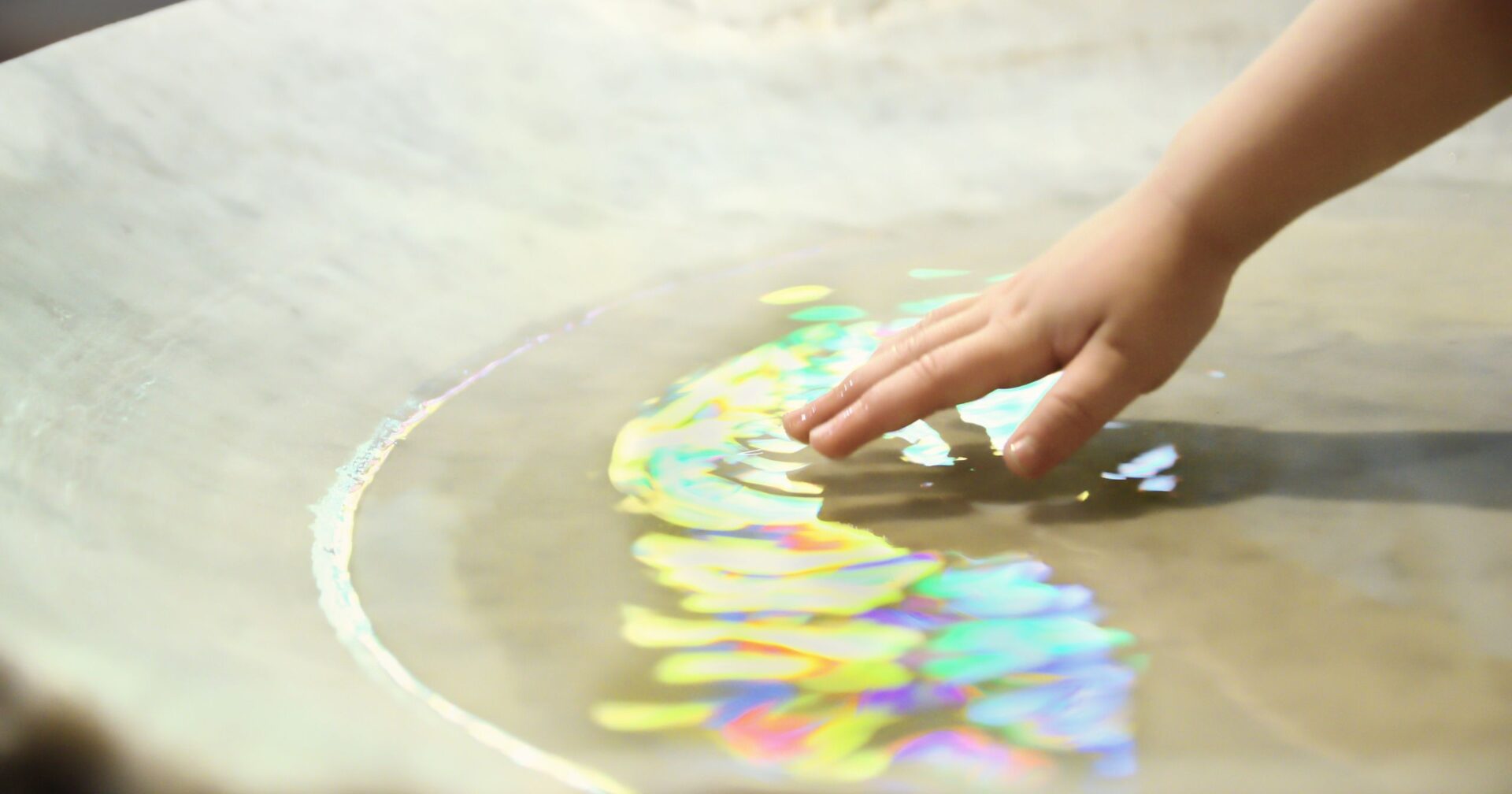As Catholics, one of the first things done upon entering a Church is making the sign of the cross with Holy Water from the nearest font. But have you ever wondered what the origin of the practice is?
Symbolically, making the sign of the cross is a profession of one’s faith in the Holy Trinity. As Catholics, making the sign of the cross with Holy Water is also a reminder of our baptism. The Catechism explains:
“The symbolism of water signifies the Holy Spirit’s action in Baptism, since after the invocation of the Holy Spirit it becomes the efficacious sacramental sign of new birth: just as the gestation of our first birth took place in water, so the water of Baptism truly signifies that our birth into the divine life is given to us in the Holy Spirit. As ‘by one Spirit we were all baptized,’ so we are also ‘made to drink of one Spirit.’ Thus the Spirit is also personally the living water welling up from Christ crucified as its source and welling up in us to eternal life” – Catechism of the Catholic Church 694
However, in the early days of the Church, the practice took on a more functional role. In ancient times footwear was not as common as they are today, specifically in the warmer climates. As one prepared to make the transition from the secular to the sacred, ritual washings were commonplace.
As the earliest Catholic churches and houses of worship were built, often included was a large atrium as a transition from the outside to the interior of the Church were Mass was celebrated. The atrium contained a large fountain, where worshipers would wash their hands and feet so as to cleanse one’s dirty body before entering a holy space. Even Jesus Christ Himself washed the feet of His disciples before the first celebration of the Eucharist.
“The best bath, then, is what rubs off the pollution of the soul, and is spiritual. Of which prophecy speaks expressly: ‘The Lord will wash away the filth of the sons and daughters of Israel, and will purge the blood from the midst of them.'” – Saint Clement of Alexandria
As church architecture developed over time, so too did the large fountains once used for ritual ablutions become the Holy Water fonts we know today. However, some churches still have large fountains located in front of them reminiscent of the fountains of old once to used to prepare a person to enter a House of God.
Photo credit: Juan Ci / Shutterstock.com

















